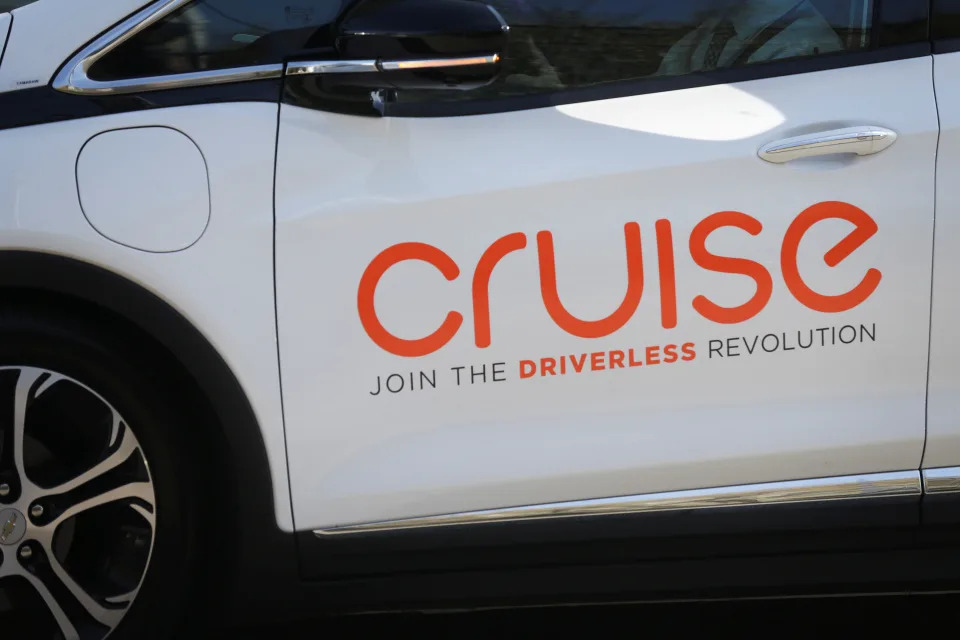GM’s autonomous vehicle division, Cruise, is facing a series of challenges. The California Department of Motor Vehicles (DMV) recently suspended Cruise’s driverless permits over safety concerns. Moreover, reports have emerged highlighting issues with the company’s autonomous vehicles (AVs in recognizing children and the frequency with which human operators must take remote control. Cruise has also announced the temporary suspension of production of its fully autonomous Origin transport.
One major concern is that Cruise continued to operate its vehicles on the streets despite being aware of their difficulties in recognizing children, according to a report by The Intercept. Internal safety assessment materials revealed that Cruise’s AVs may have had difficulty detecting children and taking extra precautions around them. The company was concerned that its robotaxis might drive too fast in proximity to children who could suddenly enter the street. Cruise lacked data related to child-specific situations, such as children separating from adults, falling, riding bicycles, or wearing costumes.
In response to this issue, Cruise admitted to temporarily losing track of children during simulation testing, assuring that the problem was resolved and did not occur on public streets. A spokesperson added that the system had not failed to detect children but had failed to classify them correctly. They also stated that the likelihood of an accident involving children was relatively low.
Cruise’s AVs also face difficulty detecting large holes in the road, including construction site pits with workers inside, which the company acknowledged as a “major risk.” GM’s own documents indicated that, with its small AV fleet, a vehicle was likely to drive into such a hole at least once a year and into a pit with people inside once every four years. Video footage reviewed by The Intercept showed an AV coming perilously close to a pit with workers and only stopping when someone waved a “slow” sign.
All of these concerns raise questions about whether Cruise should be allowed to operate its vehicles on public roads. Carnegie Mellon engineering professor Phil Koopman expressed doubts about the safety of Cruise’s AVs, particularly in scenarios involving children.
In addition to these issues, it has been revealed that Cruise’s robotaxis are not fully autonomous and require human assistance every four to five miles. Cruise CEO Kyle Vogt confirmed this fact, stating that the vehicles receive remote assistance in complex urban environments, with someone intervening every four to five miles.
Finally, Cruise has halted production of its Origin autonomous vehicle following the California DMV’s decision to suspend its license. The DMV has provided Cruise with a path to reinstate its permits, but it will only approve them once the company fulfills the necessary requirements to its satisfaction.




